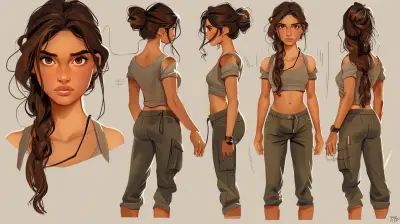Breaking Down the Lighting Techniques in Modern Video Games
15 July 2025
When you think about what makes your favorite video game come alive, what comes to mind? Is it the gripping storyline, the compelling characters, or maybe the adrenaline-pumping gameplay? Sure, those are all essential, but let’s not overlook a subtle yet powerful element: lighting. Yeah, lighting! It might not be the flashiest feature (pun intended), but trust me—lighting techniques in modern video games are game changers. They’re the unsung heroes that pull you into a world, make environments feel alive, and set your emotions on a rollercoaster ride.
In this article, we’re going to take a deep dive into how lighting works its magic in video games today. Whether you’re a gamer, a budding developer, or just someone curious about what happens behind the scenes, buckle up! By the end, you’ll never look at those glowing sunsets or ominous shadows in the same way again.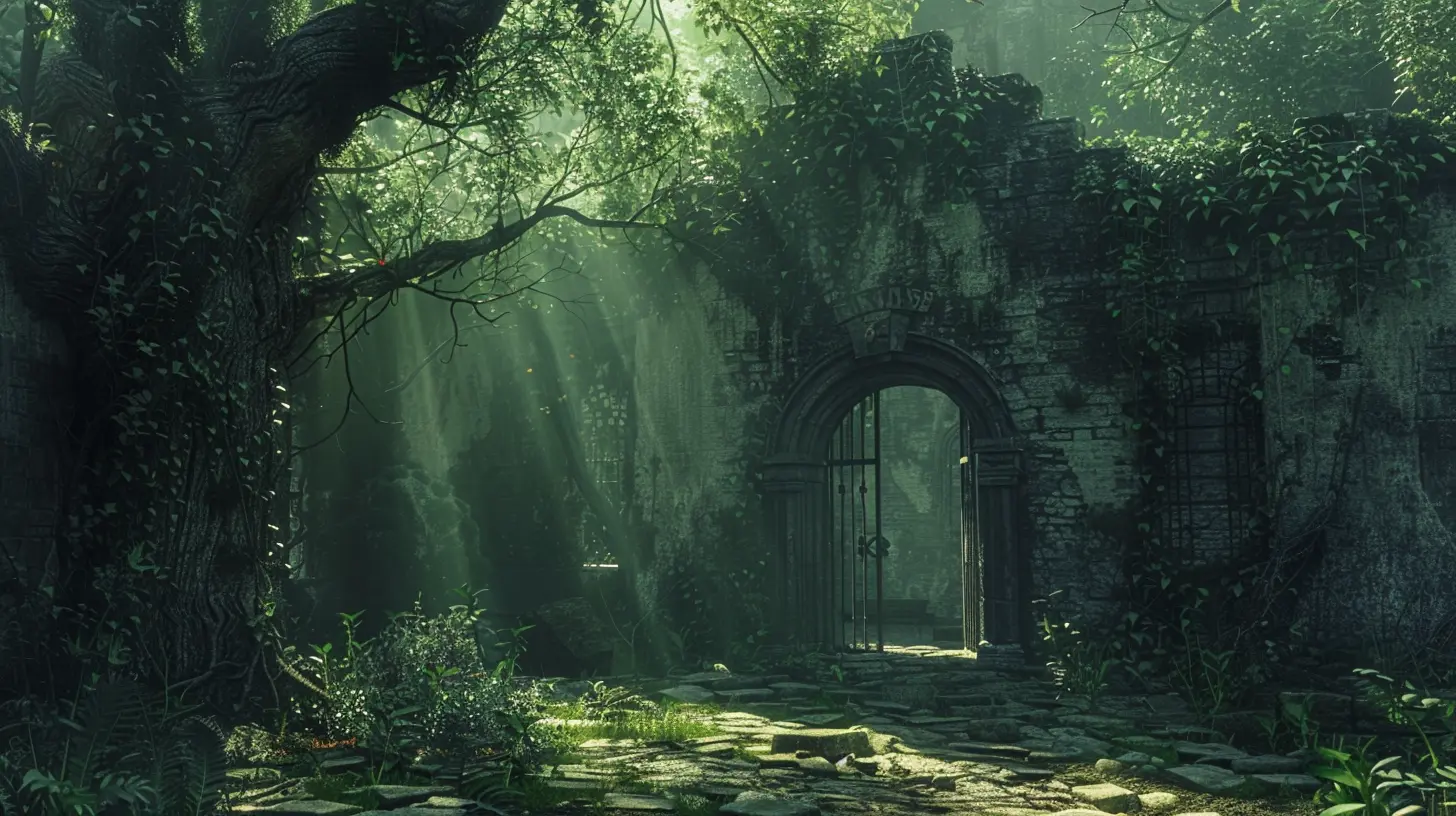
Why Is Lighting So Important in Video Games?
Imagine walking into a room in real life with just a single flickering bulb. It feels eerie, right? Now imagine walking into a room bathed in natural sunlight with warm tones bouncing off the walls. It feels inviting, cozy even. Lighting has this almost magical ability to alter how we perceive and interact with a space. The same principle applies to video games.In games, lighting does so much more than just make things visible. It sets the mood, defines the atmosphere, and directs the player's attention. A well-lit scene can enhance immersion, while poor lighting can ruin even the most beautifully designed levels. Think about running through a haunted forest at night with moonlight filtering through the trees—lighting is doing the heavy lifting to build tension and keep you on edge.
Still not convinced? Just try playing your favorite game with the brightness cranked all the way up or down—it feels wrong, doesn’t it?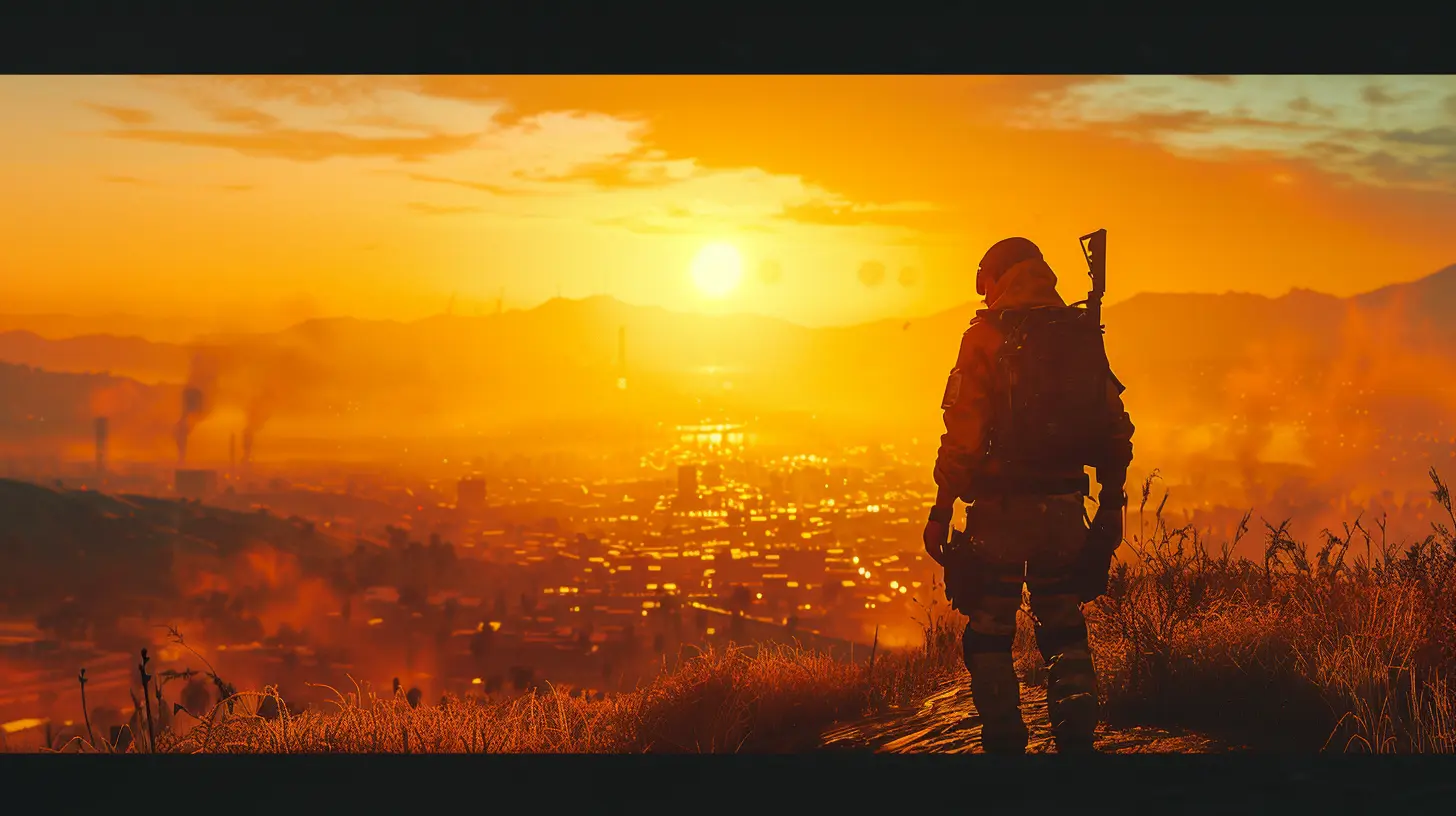
The Evolution of Lighting in Video Games
Lighting in video games has come a long way since the pixelated 2D days. Back in the era of arcade classics, lighting effects were minimal or entirely absent. The focus was on functional visibility, and the tech just wasn’t there.Then came the 3D revolution in the 1990s, and suddenly, developers had more room to play around. Early techniques like static lighting came into play—essentially baked-in light sources that didn’t change no matter what happened in the game. It worked, but it lacked flexibility.
Fast forward to today, and we’re spoiled with dynamic lighting, ray tracing, real-time global illumination, and more. Modern lighting techniques contribute to hyper-realistic graphics and immersive storytelling. It’s not just about tech anymore—it’s about art.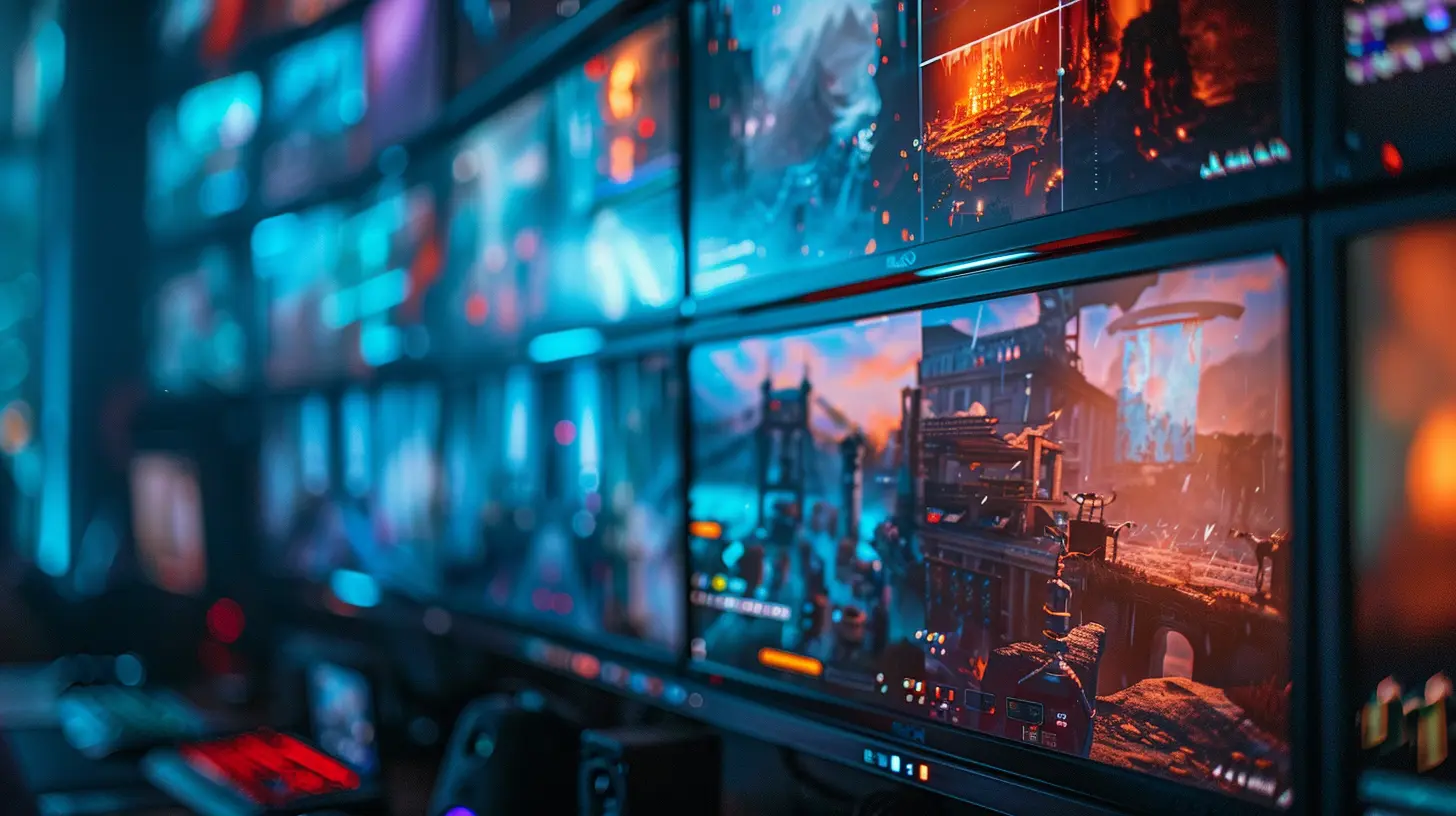
Modern Lighting Techniques That Make Games Shine
Let’s break down some of the most groundbreaking lighting techniques used in modern video games. Ready? Let’s nerd out a bit!1. Dynamic Lighting
Dynamic lighting is like having a stage crew constantly adjusting light sources as the action unfolds. Unlike static lighting, dynamic lighting changes in real time depending on player actions or environmental factors. Think of it as a chameleon—it adapts to the situation.For example, in games like The Last of Us Part II, the angle and intensity of light shifts with the time of day. When you walk indoors, light dims accordingly, and when you venture outside, it grows bright again. It’s fluid and natural, and it makes the world feel alive.
2. Ray Tracing
You’ve probably heard about ray tracing—it’s the buzzword everyone’s been throwing around ever since NVIDIA GPUs started flexing their muscles. But what’s the big deal?In simple terms, ray tracing mimics how light behaves in the real world. It calculates the path of individual light rays in a scene, allowing for reflections, refractions, and shadows that look eerily lifelike. Imagine seeing your character’s reflection in a puddle or light bouncing off shiny armor. Cyberpunk 2077 is a great example of ray tracing in action—its neon-lit cityscapes are jaw-dropping and borderline photorealistic.
3. Global Illumination
Think of global illumination as the secret sauce that makes lighting feel realistic. Instead of just stopping at a direct light source, this technique calculates how light bounces off surfaces and indirectly illuminates other areas. Basically, it thinks like sunlight and its interplay with objects.Games like Red Dead Redemption 2 use global illumination beautifully. Whether you're watching light sift through tree branches or seeing it reflect off a muddy riverbank, it all contributes to the game’s astonishing realism.
4. Volumetric Lighting
Ever seen those dramatic beams of sunlight shining through clouds in a video game and thought, “Whoa, that’s gorgeous”? That’s volumetric lighting! It creates “god rays” or visible light shafts that cut through fog, smoke, or dust. Basically, it gives light a tangible presence.Volumetric lighting is perfect for creating atmosphere, and it’s used heavily in games like Far Cry 5 and Metro Exodus. It’s hard not to feel a little awestruck when walking through a misty forest bathed in golden light.
5. Ambient Occlusion
Sometimes, the best lighting effects are the subtle ones, and that’s where ambient occlusion shines—ironically, by adding shadow. This technique determines where light should be blocked or occluded, usually in corners, crevices, and where objects meet. It’s the reason why shadows gather under furniture or in the folds of clothing.Without ambient occlusion, scenes can feel flat or unnatural. But when done right, it adds a level of depth that you may not notice outright but will definitely feel.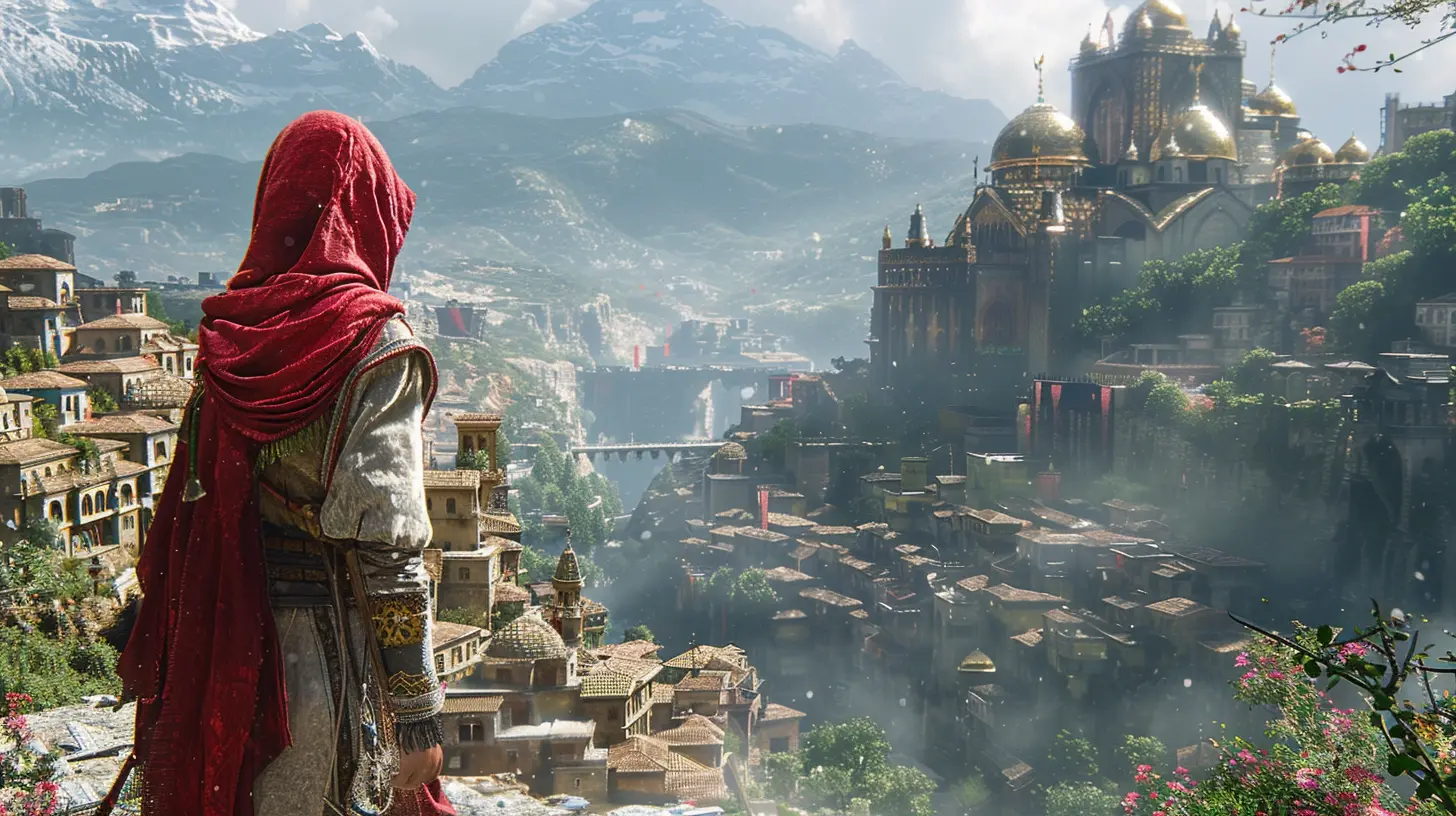
How Lighting Enhances Gameplay
Okay, so lighting can make things look pretty—but does it really impact gameplay? You bet it does!1. Mood and Atmosphere
Lighting can single-handedly dictate how a game feels. Warm, soft lighting makes a setting feel safe and inviting, while harsh or low lighting can create anxiety and unease. Horror games often use dim, flickering lights to build suspense (Resident Evil, anyone?), while platformers and RPGs may favor vibrant and colorful lighting to encourage exploration.2. Visual Cues
Think of lighting as the game’s way of pointing you in the right direction without yelling, “Hey, go this way!” Brightly lit areas often signal points of interest, while darker zones may warn of hazards or hidden secrets. It’s like playing a game of follow-the-leader with light.For instance, in Uncharted, developers use lighting to subtly guide players through complex environments. You might not realize it, but you’re naturally drawn to the warm glow of a torch or the way sunlight bathes a climbable ledge.
3. Immersion
Let’s face it—bad lighting can pull you out of a game faster than you can say “polygon.” Flat, unrealistic lighting can make even the most detailed environments feel lifeless. On the flip side, dynamic, realistic lighting draws you in and keeps you there. You’re not just playing the game; you’re living in it.The Future of Lighting in Games
So, what’s next for lighting in games? Well, the industry is constantly pushing boundaries. With AI integration and advancements in real-time ray tracing, we’re getting closer to achieving visuals that are indistinguishable from reality. Imagine lighting that reacts intelligently to weather changes or light sources that mimic the color spectrum of the real world with pinpoint accuracy. The possibilities are endless!Final Thoughts
Lighting in modern video games isn’t just a technical achievement—it’s an art form. It’s the invisible storyteller that shapes how we experience virtual worlds. Without it, our favorite games wouldn’t feel nearly as immersive or memorable. So the next time you’re wandering through a sunlit meadow or dodging shadows in a dimly lit dungeon, take a moment to appreciate the work that went into casting every ray of light.And hey, maybe crack a smile at how something as simple as light can completely change the way we see things—both in games and in life.
all images in this post were generated using AI tools
Category:
Video Game GraphicsAuthor:

Tayla Warner
Discussion
rate this article
2 comments
Mistral Jacobs
Light reveals secrets and shadows conceal truths; in gaming, it’s the unseen that shapes our journey.
October 21, 2025 at 3:22 AM

Tayla Warner
Thank you! You captured the essence of lighting's role in gaming beautifully—it's all about the balance between visibility and mystery.
Farrah McClary
Lighting in modern games: the unsung hero that transforms pixels into art. It paints emotions, establishes mood, and elevates gameplay to cinematic heights!
August 5, 2025 at 2:56 PM

Tayla Warner
Absolutely! Lighting is a crucial element that not only enhances visuals but also deeply influences player experience and storytelling.
